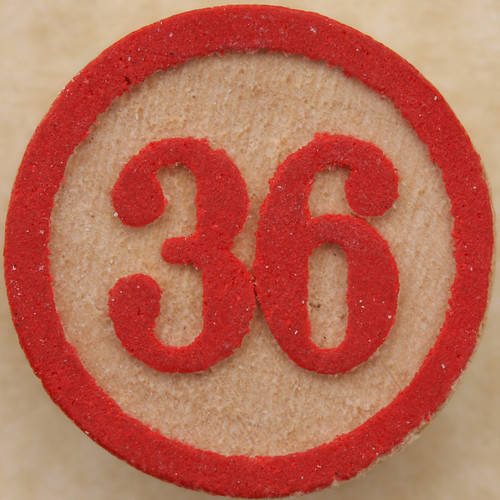In my previous post I posted some pics showing an experiment I had made on weathering techniques. Some people have asked me how I did it, and I’ve tried my best to write a SBS with some pictures. Hope this is ok, I’m really a noob with those writing-and-explaining things.
For some time, I’ve been amazed with the weathering effects I’ve seen in recent models. Well, with recent I mean since 2006 or so. It’s obvious that in the painting community there have been some kind of changes, evolving from the omnipresent “old school” style (McVey’s old ‘Eavy Metal style) to more diverse trends and schools, each of them very well defined. We have now the non-metallic metal (NMM) trend, for example, which has become very popular (thanks for example to the painting staff of Rackham miniatures); and opposed to it we have the True Metallics trend, which has redefined the way of painting with metallic paints. Besides, different styles or “schools” have been created, each one with its distinctive characteristics: some use glazing as the main resource, some aim at ultra-realistic painting, some use freehands extensively, and so on.
Of all these styles and schools, the best known and respected for professional painters is undoubtedly the French school. Their style of extreme cleanliness and super-smooth colour transitions, coupled with several new and original colour theories, have placed them at the Olympus of the miniature painters for a long time. This doesn’t mean that the best painters in the world are French, of course there are great painters in all the world, but their style is clearly defined, easily recognized and justly feared in all the Golden Demon contests. Moreover, recent achievements obtained by some other different schools owe to the French school part of their basis, sharing with it several concepts (such as colour theory) although following a different evolution in other fields.
One field the French painters started developing a couple of years ago were new and more realistic weathering techniques, especially focused on rust in metals and damages in paint (chipped paint). I remember being amazed when looking to those superb paintjobs in Coolmini, wondering how in Earth was possible to paint that, and firmly believing that never in my life I’d be able to do something like that.
Until last week.
In recent years, my own style has also evolved. I used to paint in the “old school” style (still my favourite for painting miniatures for gaming), but then I started becoming more interested in the new techniques I was seeing being developed. I was lucky enough to know a couple of high-level painters who were also very friendly, and they taught me different tricks and gave me useful tips for improving my painting. Also, I found in internet almost endless resources on the field of miniature painting. With the passing of the time, I have gathered a lot of resources in different webpages, hand-written notes in my notebook, and also a couple of books I’ve procured. And it was about time to put them to work.
Ok, sorry for this long introduction. Now let’s go to business: the Star Vagabonds’ chipped paint tutorial (or how to spoil nicely flat surfaces with rust). And to make it easy (and short) I’ll make it simple, using as example a plastic rod from any plastic kit (see brush for size reference).
I didn’t prime the rod to save time, and directly painted it with Shadow Grey. Then I gave it a few glazes of Chaos Black and Space Wolves Grey to give it some volume, although this effect is barely recognisable on the pictures, due to poor lighting (it is possible to see it better in the yellow painted – orange glazed rod of my previous post).
Then I took a small piece of sponge (or foam, well I don’t know how to say it in English; any help over there?). The size of its “grain” is important, as it must be very small. I used the material GW supplies with its blisters, the very same material where the rod is laying on the pictures.
I made a mix of Dark Flesh and Bestial Brown, dipped a little bit the sponge in it and carefully but quickly “hit” with it the places of the rod where I wanted to have rust. In this step it is very important to have a colour that is really rust-looking (Dark Flesh mixes are perfect), and also to place this rust in natural places for it, such as sharp edges and broken parts of the material (the edge of the rod, for example). And also, it is essential to remember that less is more, and overdoing with the sponge will ruin the general effect. Be gentle with it, and it will reward you. This is the result I obtained.
Last, you can add a few more details, such as different tones of rust (I used Vermin Brown for it) or even bare metal showing itself under the rust. But remember that those are just details, don’t overdo them. Less is more!
The final step to give real volume to the chips of paint would be underlining the rust areas with a thin line of a colour lighter than the base. That would be Space Wolves Grey in our case, but I was feeling too lazy to do it in a plastic rod. Instead, I’ll post a picture of the Warmachine Deathripper I’ve painted this weekend to show this effect (sorry for the poor quality of the picture).
This effect can be used in a lot of surfaces, but excels in flat surfaces, such as those found on vehicles or certain miniatures (space marines, for example). But the possibilities are infinite, and yours to play with them.







